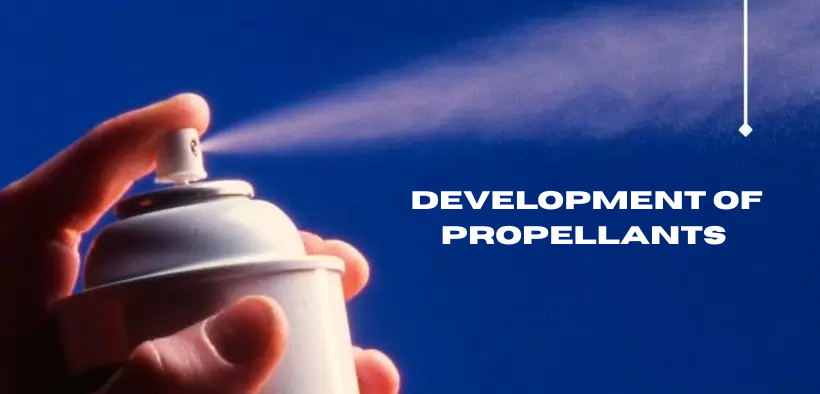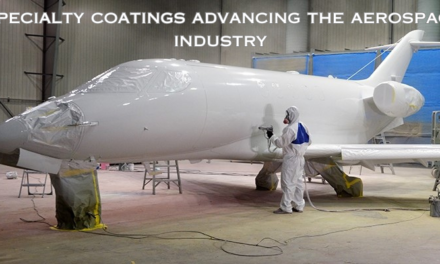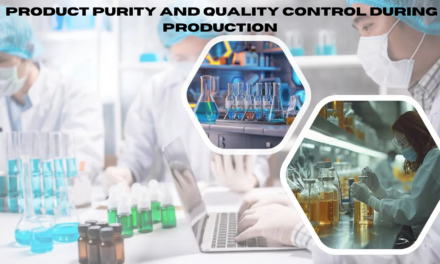Advancements in the development of propellants are focused on improving performance, safety, sustainability, and efficiency. These innovations are driven by needs in space exploration, defense, aerospace, and commercial applications. Below are the key areas of advancement in propellant technology:
1. Green and Sustainable Propellants
- Objective: Develop environmentally friendly alternatives to traditional propellants, which often release toxic byproducts or require hazardous handling.
- Examples:
- Ionic Liquid Propellants:
- Combustion-free, low-toxicity alternatives like hydroxylammonium nitrate (HAN).
- Used in green propulsion systems for satellites and small spacecraft.
- Bio-Based Propellants:
- Utilizing renewable feedstocks to reduce environmental impact.
- High-Performance Green Propellant (HPGP):
- A safer alternative to hydrazine, combining improved safety with performance.
- Ionic Liquid Propellants:
- Applications:
- Satellite propulsion and small launch vehicles.
2. Additive Manufacturing of Propellants
- Objective: Improve the design and production of solid propellant grains and components using 3D printing.
- Benefits:
- Precise control over propellant grain geometry.
- Reduced production waste and cost.
- Examples:
- 3D-printed rocket nozzles incorporating propellant grains.
- Customized shapes for optimal thrust and burn rates.
3. Hybrid Propellants
- Objective: Combine the benefits of solid and liquid propellants to create systems that are safer and more efficient.
- Key Features:
- Solid fuel combined with liquid oxidizers.
- Improved safety as fuels and oxidizers are stored separately until ignition.
- Applications:
- Space tourism and small satellite launchers.
- Examples:
- SpaceShipTwo by Virgin Galactic uses a hybrid propellant system.
4. Advanced Solid Propellants
- Objective: Enhance the energy density and stability of solid propellants.
- Advancements:
- Nanoparticle Additives:
- Use of nano-aluminum or boron particles to increase burn rate and energy release.
- Energetic Binders:
- High-energy polymers like GAP (glycidyl azide polymer) improve performance while reducing environmental impact.
- Nanoparticle Additives:
- Applications:
- Tactical missiles and military rockets.
5. Liquid Propellants with Enhanced Performance
- Objective: Improve the energy efficiency and stability of liquid propellants.
- Advancements:
- Cryogenic Propellants:
- Improvements in liquid hydrogen (LH2) and liquid oxygen (LOX) handling for increased energy density and storage.
- High-Density Propellants:
- Use of dense fuels like RP-1 (a refined kerosene) with advanced oxidizers for compact systems.
- Storable Liquid Propellants:
- Development of non-toxic hypergolic pairs for easier storage and reduced handling risks.
- Cryogenic Propellants:
- Applications:
- Space launch vehicles and interplanetary missions.
6. Electric and Plasma Propulsion
- Objective: Utilize electrical energy to ionize and accelerate propellant materials for spacecraft propulsion.
- Types:
- Ion Thrusters:
- Use ionized xenon or krypton for efficient, long-duration space missions.
- Hall Effect Thrusters:
- Enhanced thrust efficiency for satellite station-keeping and deep-space exploration.
- Ion Thrusters:
- Advancements:
- Use of alternative propellants like iodine for ion propulsion to reduce costs and complexity.
- Applications:
- Orbital correction, satellite maneuvering, and deep-space missions.
7. Advanced Chemical Propellants
- Objective: Improve energy output and efficiency of traditional chemical propellants.
- Advancements:
- Metalized Propellants:
- Incorporation of aluminum or magnesium particles for higher thrust and energy density.
- High-Energy Oxidizers:
- Use of advanced oxidizers like ammonium dinitramide (ADN) and nitrous oxide for improved performance.
- Metalized Propellants:
- Applications:
- Military missiles and high-performance launch systems.
8. Nuclear Thermal and Nuclear Electric Propulsion
- Objective: Harness nuclear energy to improve efficiency and reduce travel time for interplanetary missions.
- Types:
- Nuclear Thermal Propulsion (NTP):
- Heat a liquid propellant (e.g., hydrogen) using a nuclear reactor to generate thrust.
- Nuclear Electric Propulsion (NEP):
- Use nuclear power to generate electricity for ion or plasma thrusters.
- Nuclear Thermal Propulsion (NTP):
- Applications:
- Long-duration space missions, including crewed missions to Mars.
9. Solid-Fuel Ramjets and Scramjets
- Objective: Develop advanced propulsion systems for hypersonic vehicles and missiles.
- Features:
- Combine solid propellants with air-breathing engines to extend range and efficiency.
- Applications:
- Hypersonic missiles and aerospace defense.
10. Eco-Friendly Defense Propellants
- Objective: Minimize environmental and health impacts of military propellants.
- Advancements:
- Replacement of perchlorate-based oxidizers with greener alternatives.
- Development of low-smoke and reduced-toxicity formulations.
- Applications:
- Military rockets, missiles, and flares.
11. Advanced Cooling and Insulation Systems
- Objective: Enhance thermal management in propellant storage and use.
- Advancements:
- Use of advanced materials like aerogels and thermal coatings for cryogenic and high-energy propellants.
- Improved insulation systems to prevent boil-off in cryogenic storage.
12. Micropropulsion Systems
- Objective: Develop propulsion systems for small satellites (CubeSats) and nanosatellites.
- Key Features:
- Use of cold gas, chemical microthrusters, or electric propulsion.
- Examples:
- Micro pulsed plasma thrusters for attitude control.
13. AI and Digitalization in Propellant Design
- Objective: Optimize propellant formulations and system designs using AI and machine learning.
- Applications:
- Predictive modeling for combustion behavior and energy efficiency.
- Automation of propellant manufacturing processes.
14. Hypergolic Propellant Innovations
- Objective: Improve safety and performance of hypergolic propellants, which ignite upon contact.
- Advancements:
- Development of less toxic hypergolic fuels and oxidizers.
- Applications:
- Spacecraft engines requiring immediate and reliable ignition.
Conclusion
Advancements in propellant technology are addressing key challenges related to performance, safety, cost, and environmental impact. From green propellants and additive manufacturing to nuclear propulsion and electric thrusters, these innovations are reshaping applications in space exploration, defense, and commercial aerospace. As demand for efficient and sustainable propulsion systems grows, further advancements are expected to accelerate progress in this critical field.
Hashtags
#PropellantInnovation #PropellantDevelopment #AdvancedPropellants #NextGenPropellants #ChemicalPropellants #TechInPropellants #PropellantTechnology #SustainablePropellants #SmartPropellants #AdvancedChemicalEngineering #AerospacePropellants #DefenseIndustryPropellants #RocketPropellants #AviationChemicals #PropellantsForSpace #GreenPropellants #EcoFriendlyPropellants #SustainableFuelSolutions #LowEmissionPropellants #CleanEnergyPropellants #PropellantRegulations #SafetyInPropellants #PropellantSafety #ComplianceInPropellants #EcoRegulationsInPropellants

















